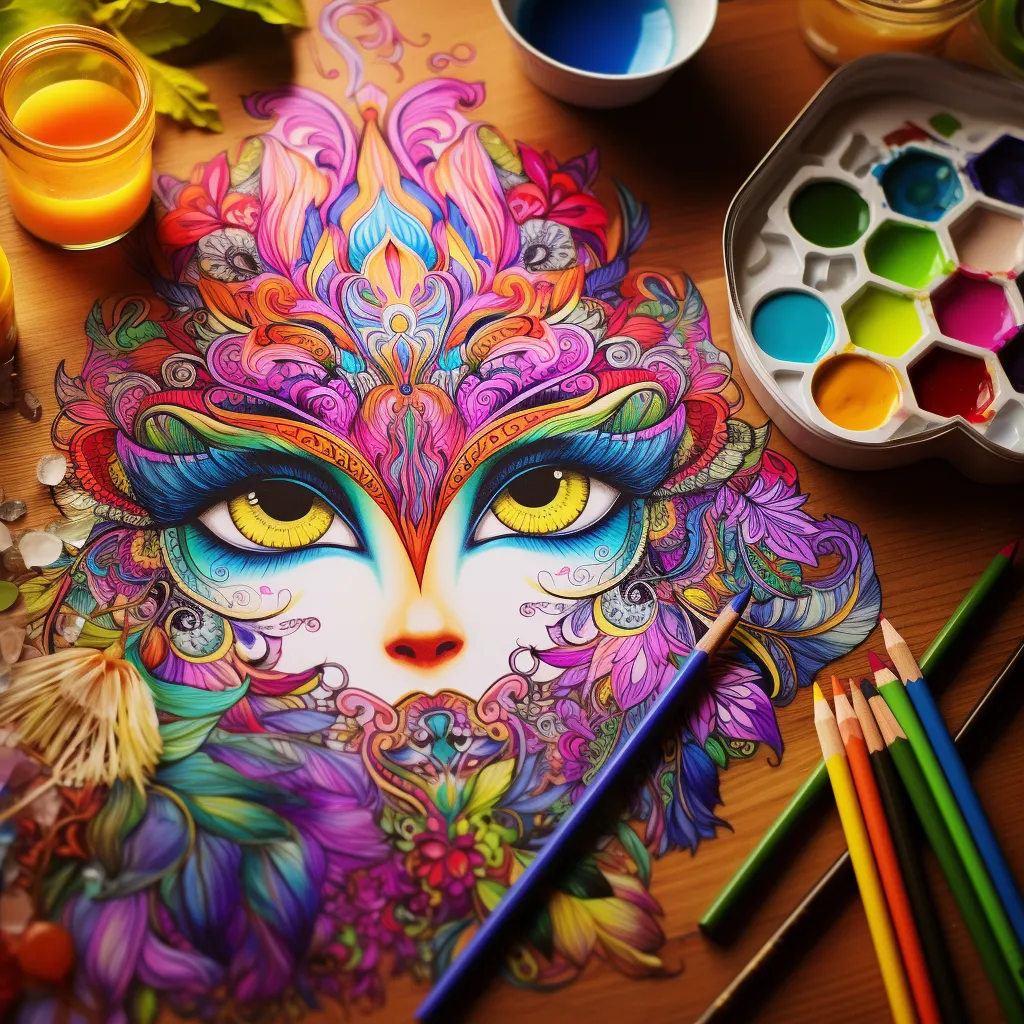Diving into the world of coloring is like discovering a hidden oasis for stress relief—a tranquil escape often underestimated by adults. While it may have been brushed off as child's play in the past, recent studies have uncovered its profound ability to ease the burdens of stress. In a world where stress looms large, we're on the lookout for practical and readily available remedies, and coloring emerges as a surprising yet effective solution.

Eric Williams, Oct 2023

The Science Behind Coloring
The science behind coloring reveals how this simple activity can help relieve stress. Stress affects each person differently, impacting both mental and physical well-being. However, research shows that engaging in creative activities like coloring can have transformative effects on our stress levels.
Coloring is more than just a casual pastime; it engages our brain in a unique way. When we color, our brains enter a state of focused concentration similar to meditation. This mental engagement allows distractions to fade away, providing a sense of calmness. The act of coloring also triggers the release of neurotransmitters that promote relaxation and tranquility.
Moreover, coloring serves as a form of self-expression. Through the use of patterns and colors, we can channel our emotions and thoughts into visually captivating artwork. This creative outlet helps us address stress on a deeper level.
The benefits of coloring extend beyond the mind and into the body. As we color, our muscles relax, heart rates stabilize, and physiological responses to stress find balance. It becomes a holistic remedy for addressing both the visible and invisible effects of stress.
In this interplay between creativity and neuroscience, coloring becomes an avenue for reclaiming serenity in the face of life's challenges. It reduces stress levels, enhances emotional well-being, and brings about an overall sense of calmness.
25 Coloring Techniques to Help Reduce Stress

Abstract Expressionism is an art movement that emerged in the mid-20th century, characterized by spontaneous and non-representational forms of expression. Artists associated with this movement, such as Jackson Pollock and Willem de Kooning, often created large-scale works that emphasized gesture, emotion, and the act of painting itself. The style is known for its emphasis on individual creativity, freedom from traditional artistic conventions, and the use of bold colors and dynamic, gestural brushstrokes to convey a sense of energy and emotion. Abstract Expressionism played a significant role in shaping the development of modern art, emphasizing the artist's personal expression and the viewer's subjective interpretation.